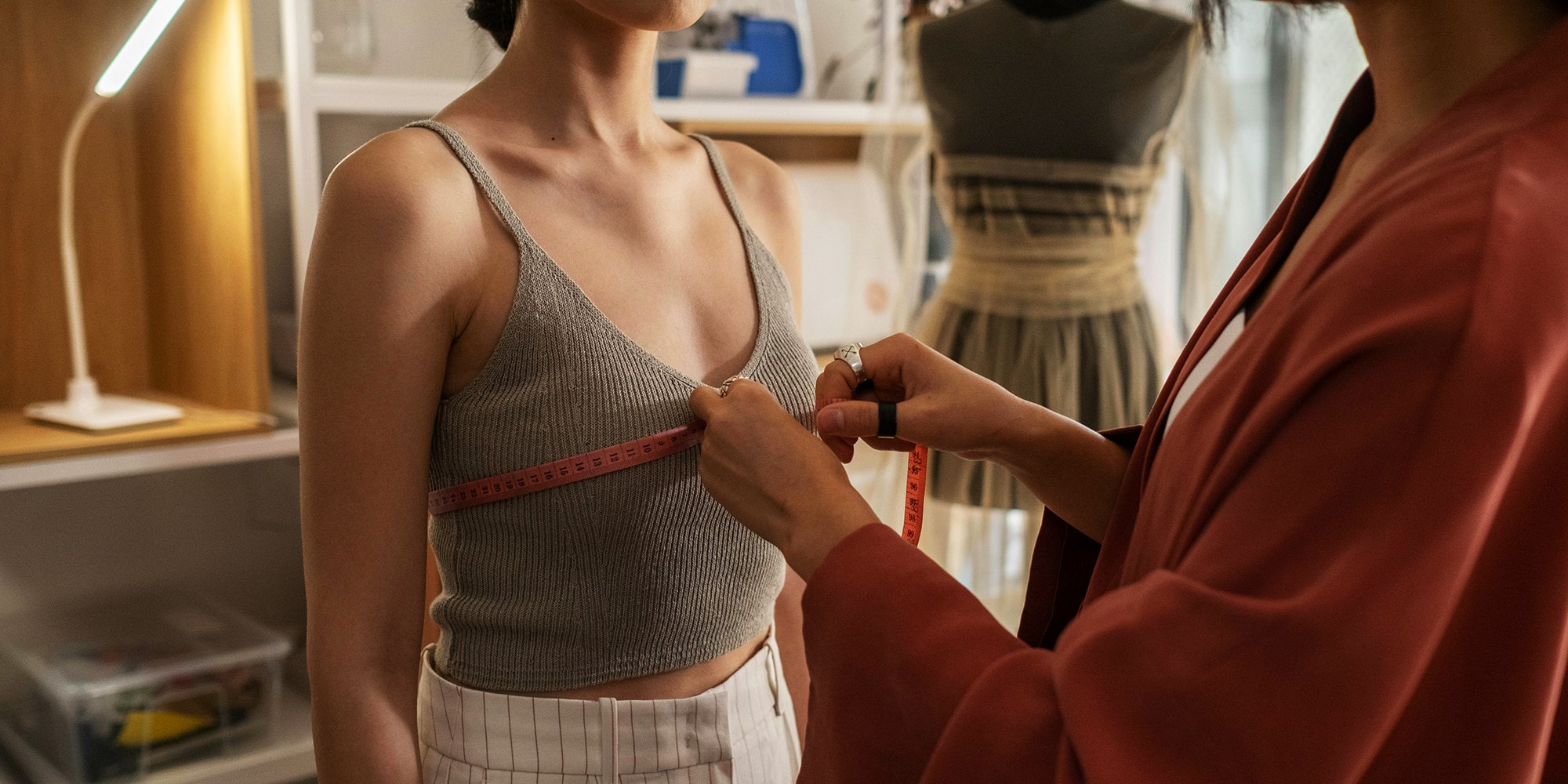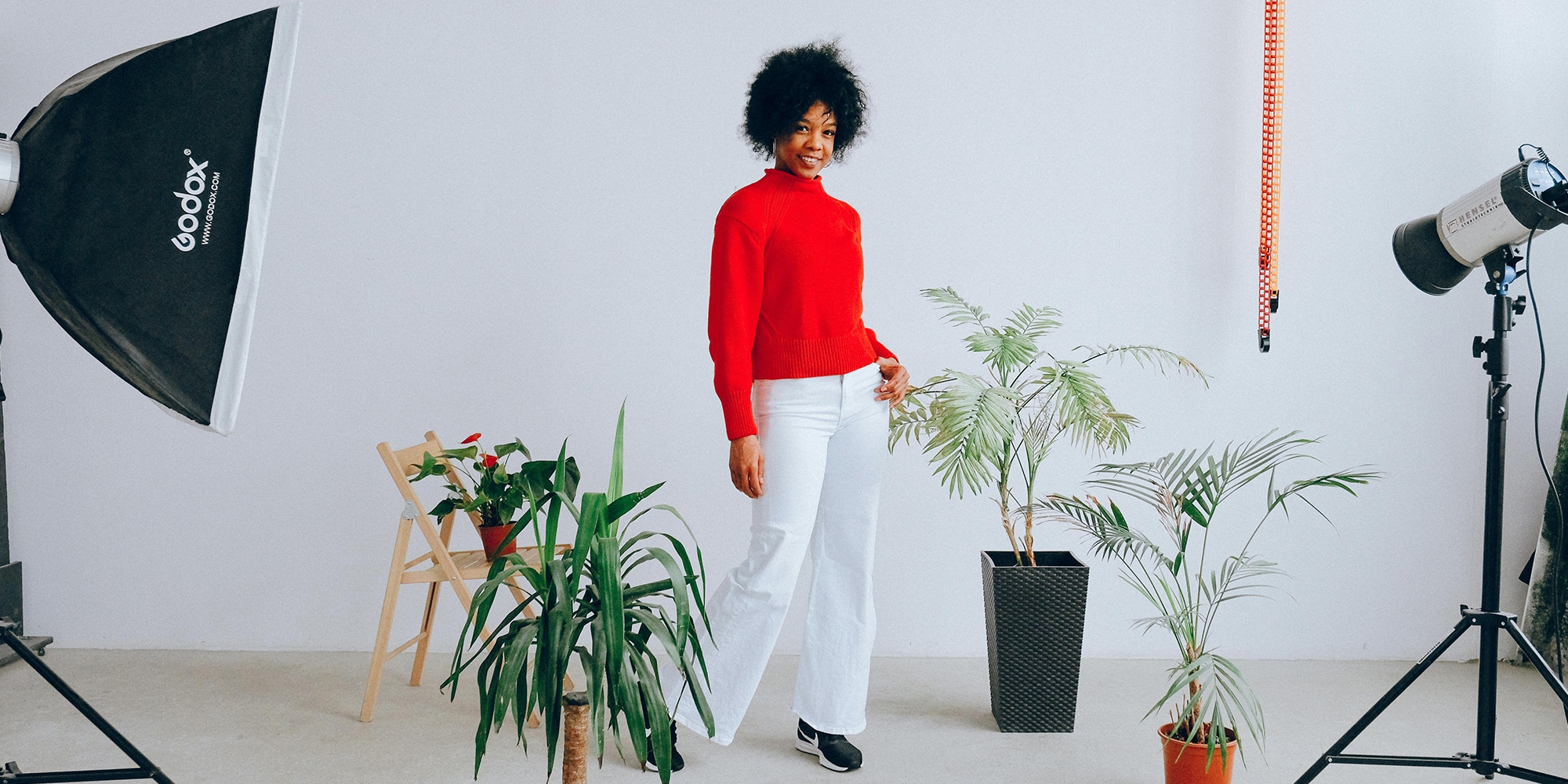What is a Model Portfolio?
A model portfolio is a collection of professional photographs that highlight a model’s range, style, and unique characteristics. It serves as a visual resume, helping agencies, photographers, and brands assess your potential for various modeling opportunities. The primary purpose of a model portfolio is to showcase your versatility, personality, and ability to embody different styles and looks.
A well-organized portfolio is essential for making a strong first impression and, ultimately, booking jobs. The portfolio should be designed to make you memorable while showcasing the type of work you’re best suited for—whether that’s high fashion, commercial, editorial, or lifestyle modeling.
Why is a Model Portfolio Important?
In the competitive modeling industry, a model portfolio serves as your first introduction to potential clients, agents, and casting directors. Unlike a resume that lists skills or experience, a portfolio provides visual evidence of your talent and versatility. Here’s why it’s essential:
- First Impressions: It’s the initial lookbook of your abilities, setting the tone for how others perceive your skills.
- Showcase of Talent: Agencies and clients look for models who can adapt to different styles and themes, and your portfolio proves that you have what it takes.
- Versatility Display: A well-rounded portfolio demonstrates that you can fit multiple niches, from high fashion to lifestyle.
- Professionalism: A professionally shot and organized portfolio signals to agencies that you’re serious about your career.
- Marketing Tool: A model portfolio allows you to present yourself in the best light, emphasizing your unique attributes and selling your brand as a model.
Types of Modeling: Tailoring Your Portfolio for Each
Before diving into the creation process, it’s essential to understand the type of modeling you’re interested in. Each modeling genre has specific requirements, so your portfolio should reflect the area you aim to work in.
- Fashion Modeling: Emphasizes high-fashion looks, poses, and dramatic styles.
- Commercial Modeling: Focuses on relatable, everyday appearances that appeal to mainstream audiences.
- Fitness Modeling: Highlights a fit, athletic body and generally includes active poses.
- Plus-Size Modeling: A rapidly growing industry focusing on models with a fuller figure.
- Lifestyle Modeling: More casual, relatable images showing the model in everyday activities.
- Glamour Modeling: Focuses on a more glamorous, sensual look.
Knowing which niche suits your look and personality can help you better target your portfolio for the right opportunities.
Step-by-Step Guide to Creating a Model Portfolio
Step 1: Define Your Modeling Goals
Before you start planning your portfolio, take some time to clarify your goals. Ask yourself:
- What type of modeling do I want to pursue?
- Who is my target audience or market?
- What message do I want to convey with my images?
Understanding your modeling goals will guide your choices in everything from poses and outfits to location and mood.
Step 2: Plan Your Portfolio Shots
Once you have a clear idea of your goals, make a shot list. This is essentially a list of different types of images you want to include in your portfolio. Here’s a basic breakdown:
- Headshots: Close-up photos that highlight your facial features and expressions.
- Full-Body Shots: Images that capture your body type, posture, and physical presence.
- Profile Shots: Side profiles that give a different perspective of your face and bone structure.
- Action or Movement Shots: Essential for fitness and lifestyle models, showcasing fluidity and energy.
- Styled Looks: Depending on your niche, include a few fashion-forward looks or thematic styles.
Choosing the Right Photographer for Your Model Portfolio
Finding a skilled photographer is essential in creating a professional portfolio. Here are some tips for finding a photographer who can bring out your best:
- Check Their Portfolio: Review the photographer’s previous work to ensure they have experience in your desired style.
- Ask for Recommendations: Get referrals from other models or modeling agencies.
- Discuss Your Goals: Communicate your modeling goals and the specific look you want for each shot.
- Agree on Usage Rights: Make sure you have rights to use the photos in your portfolio.
A talented photographer will guide you through poses, lighting, and angles that highlight your strengths.
Building a Strong Selection of Photos
Once you’ve completed your photo shoots, it’s time to narrow down your selections. Remember, quality trumps quantity. Here are some tips for curating your portfolio:
- Versatility is Key: Select photos that show a range of expressions, angles, and styles.
- Choose High-Quality Images: Ensure the photos are high-resolution and professionally edited.
- Limit Your Selections: Typically, 10-20 images are ideal for a beginner portfolio.
- Get a Second Opinion: Show your top picks to a mentor, agent, or trusted friend to get feedback.
The goal is to create a balanced portfolio that shows versatility without overwhelming viewers with too many images.
What to Wear for a Model Portfolio Photoshoot
Your wardrobe can significantly impact the feel and quality of your portfolio. Here are some suggestions on what to wear:
- Neutral Colors: Stick to neutral colors like black, white, or gray to keep the focus on you.
- Simple Outfits: Avoid distracting patterns or logos; keep it simple to highlight your body and features.
- Range of Styles: Include a mix of formal, casual, and themed outfits to show versatility.
- Fit: Ensure that clothes fit well, as ill-fitting clothing can detract from the image.
Choose pieces that make you feel confident and comfortable, as this will reflect in your poses and expressions.
Posing for Your Model Portfolio
Posing can make or break your portfolio, so it’s essential to practice. Here are some tips to enhance your posing skills:
- Practice in Front of a Mirror: Familiarize yourself with poses that suit your body type.
- Relax Your Face: Avoid tense or forced expressions; let your personality come through.
- Try Different Angles: Experiment with various head tilts and body angles to find what works best.
- Keep Your Hands Busy: Use props, or place your hands on your hips, in your pockets, or slightly bent to avoid awkward poses.
Work with your photographer to discover angles that bring out your unique features.
How to Arrange and Present Your Portfolio
Presentation plays a vital role in how your portfolio is perceived. Here are some guidelines for arranging and displaying your portfolio:
- Use a Quality Portfolio Book: Invest in a sleek, professional-looking book if presenting in person.
- Digital Portfolio: A website or PDF portfolio is ideal for sharing online.
- Order of Photos: Start with your strongest headshot, followed by a full-body shot, and alternate between styled and natural shots.
- Avoid Repetition: Each photo should offer something unique; avoid redundancy.
Arrange your photos in a way that tells a story, starting with your best shots to make a memorable first impression.
Common Mistakes to Avoid in Your Model Portfolio
Creating a model portfolio can be overwhelming, and there are common mistakes that many aspiring models make. Here’s what to avoid:
- Over-Editing: Avoid excessive retouching, as agencies and clients want to see your natural look.
- Lack of Diversity: Including only one style or look may make you appear one-dimensional.
- Poor Quality Photos: Don’t include selfies or photos with poor lighting and composition.
- Too Many Photos: More isn’t always better; choose quality over quantity.
By steering clear of these mistakes, you’ll increase your chances of creating a portfolio that truly stands out.
Digital Model Portfolio: Building an Online Presence
In today’s digital age, having an online portfolio is crucial. Here are some ways to present your model portfolio online:
- Create a Modeling Website: A personal website allows you to showcase your portfolio, biography, and contact information.
- Use Social Media: Instagram is a powerful platform for models to share professional shots, behind-the-scenes images, and lifestyle content.
- Join Modeling Platforms: Sites like Model Mayhem and The Fashion Spot connect models with photographers, agencies, and clients.
An online presence can help you reach a broader audience, make connections, and stay relevant in the industry.
Final Touches: Updating and Maintaining Your Model Portfolio
A model’s look can change over time, so it’s essential to keep your portfolio updated. Here’s how to ensure your portfolio stays fresh:
- Update Every 6-12 Months: Replace older photos with new ones that reflect your current look and style.
- Experiment with New Styles: Showcase new fashion trends, poses, or settings to keep your portfolio interesting.
- Seek Feedback: Regularly get input from agents, photographers, or peers to ensure your portfolio remains competitive.
By maintaining an updated portfolio, you’ll always be prepared to show your best self to potential clients and agencies.


